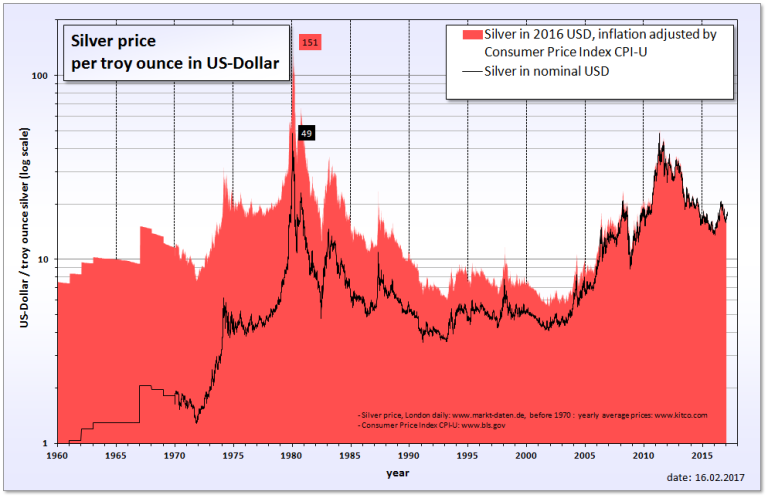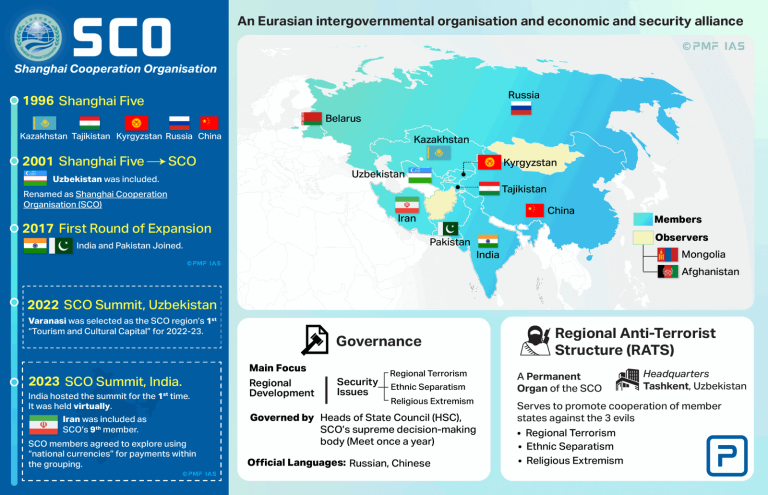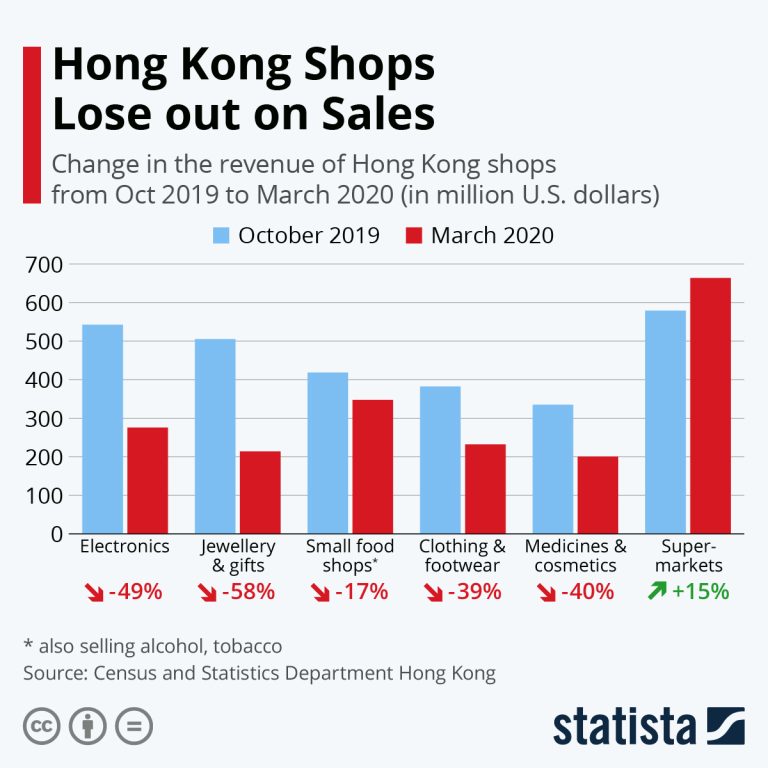In the digital age, data breaches have become an increasingly prevalent threat, and the recent incident involving Dior in Hong Kong serves as a stark reminder of the vulnerabilities in personal data protection. On December 8, 2025, news broke of a significant cybersecurity breach that exposed the personal information of nearly 1 million customers, sending ripples of concern through the luxury brand’s customer base.
The scale of the breach is particularly alarming. Approximately 950,000 individuals—including 630,000 existing clients and 320,000 potential customers—found their sensitive personal details compromised. The exposed information is comprehensive, ranging from basic demographic data like names, genders, and birth dates to more sensitive details such as contact information, passport numbers, occupations, and even records related to fraud allegations and international sanctions.

One silver lining in this digital nightmare is that financial information remained secure. Dior confirmed that no credit card or banking details were accessed during the breach, providing a small measure of relief to affected customers. However, the breadth of personal information exposed still presents significant risks for potential identity theft and fraudulent activities.

The Hong Kong Office of the Privacy Commissioner for Personal Data (PCPD) quickly launched an investigation into the incident. Their immediate focus has been to understand the breach’s circumstances and ensure that appropriate data protection protocols were followed. The regulatory body’s swift response underscores the growing importance of data security in our interconnected world.

Dior’s response to the breach was prompt and transparent. On May 15, 2025, the company issued an official statement acknowledging the incident and detailing their immediate actions. They engaged cybersecurity experts to contain the breach and continue investigating its full scope and potential impact. A public apology was extended to customers, accompanied by an offer of further assistance.

For individuals affected by the breach, experts recommend a series of proactive steps. Changing passwords across online accounts, enabling multi-factor authentication, and closely monitoring bank statements are crucial defensive measures. Perhaps most importantly, customers must remain vigilant against potential phishing attempts that might exploit the leaked information through fraudulent communications.

The incident raises critical questions about data protection in the digital era. With nearly a million records exposed, the breach demonstrates the systemic challenges organizations face in safeguarding personal information. It’s a powerful reminder that cybersecurity is not just a technological issue, but a comprehensive risk management challenge that requires constant attention and investment.
While the immediate focus is on the Dior breach, the broader implications extend far beyond a single incident. Consumers and businesses alike must recognize the importance of robust data protection strategies. This means implementing advanced security technologies, conducting regular vulnerability assessments, and maintaining a culture of vigilance and rapid response.
The Dior data breach in Hong Kong is more than just a news story—it’s a wake-up call. It highlights the critical need for comprehensive approaches to personal data protection, emphasizing that in our digital world, information is a valuable asset that requires careful, continuous protection.
As investigations continue and affected customers remain on high alert, one thing becomes crystal clear: in an age of increasing digital connectivity, protecting personal information is not just a technical challenge, but a fundamental responsibility for organizations handling sensitive data.












